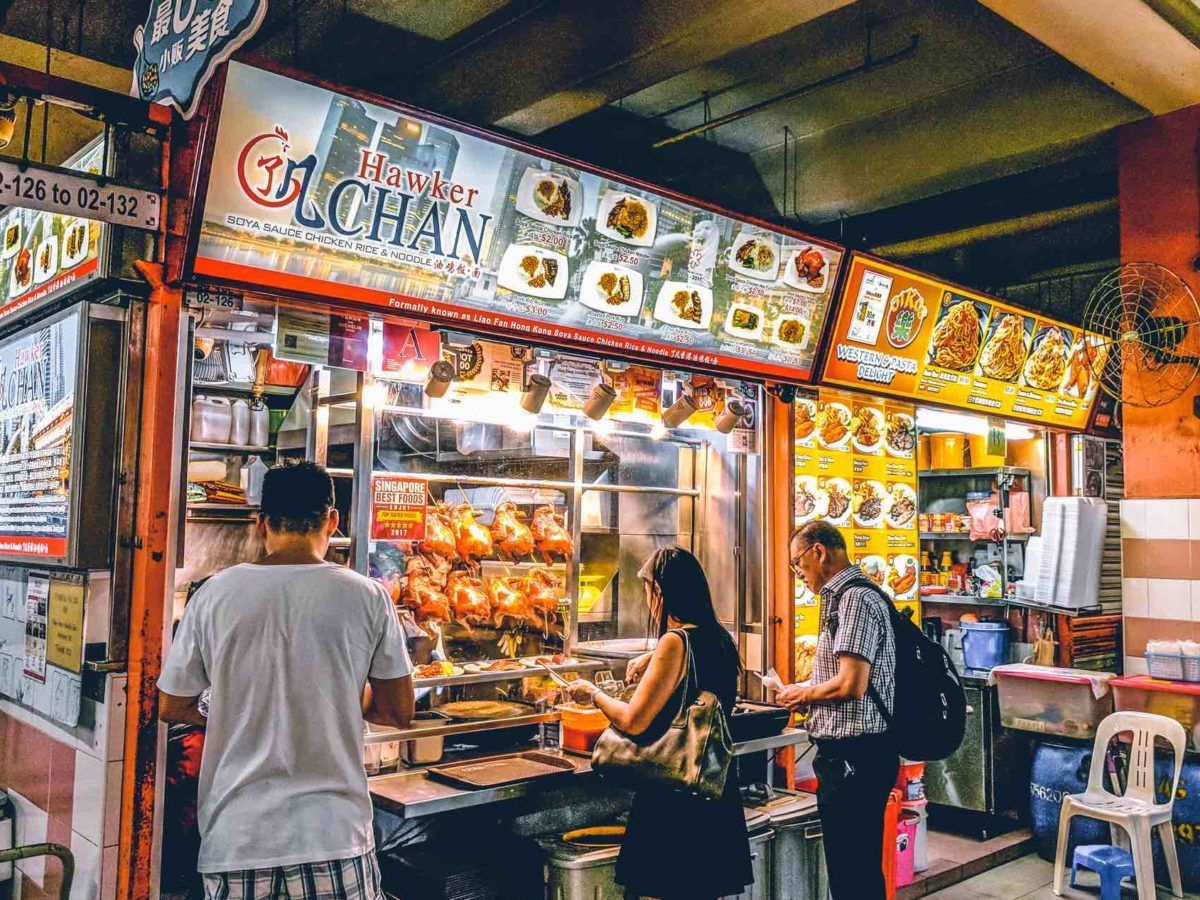Self Ordering Kiosk + CRM For Canteens. Be a More Profitable Than Your Competitors
The current F&B industry in Singapore is competitive and tough. More and more dining options apperaring near one another, spoiling consumers with endless choices. Customers who were once dining at your canteen 5 days a week are now splitting that 5 days with probably another 2 or 3 competitors around your canteen.
But not to worry as here are still ways to help you boost your profits while controlling or even lowering your costs. Implementing self ordering kiosks and CRM solutions at your canteen are two simple 2 ways you could go about doing that.
Benefits of Self-Ordering Kiosk
Enhanced Efficiency and Reduced Wait Times
Self-ordering kiosks streamline the ordering process, allowing multiple users to place orders simultaneously, which reduces congestion and wait times.
Increased Average Order Value
Kiosks can suggest add-ons and upgrades during the ordering process, leading to higher average ticket sizes.
Improved Order Accuracy
By enabling customers to input their orders directly, kiosks minimize miscommunication, leading to more accurate order fulfillment.
Labor Cost Optimization
Automating the ordering process reduces the need for dedicated order-taking staff, allowing personnel to focus on food preparation and other essential tasks.
Advantages of CRM Integration
Personalized Customer Experience
CRM systems track individual customer preferences and order histories, enabling personalized meal suggestions and promotions, which enhance satisfaction and encourage repeat visits.
Effective Loyalty Programs
Integrating CRM with loyalty programs allows for tracking customer purchases and rewarding frequent diners with discounts or special offers, fostering customer retention.
Data-Driven Menu Optimization
Analyzing CRM data helps identify popular dishes and adjust menus accordingly, ensuring offerings align with customer preferences and reducing food waste.
Targeted Marketing Campaigns
CRM platforms facilitate the implementation of targeted marketing efforts by segmenting customers based on their behavior and preferences, leading to more effective promotions.
By adopting self-ordering kiosks and CRM systems, canteens can enhance operational efficiency, provide a more personalized dining experience, and implement strategic marketing initiatives, ultimately leading to increased customer satisfaction and profitability.
If you are interested in self ordering kiosks, CRM solutions or a POS system for your canteen, click here to find out more!
Interested in a CRM Based POS System, QR ordering or a standalone CRM membership system?
Send an Enquiry!
You might also like



